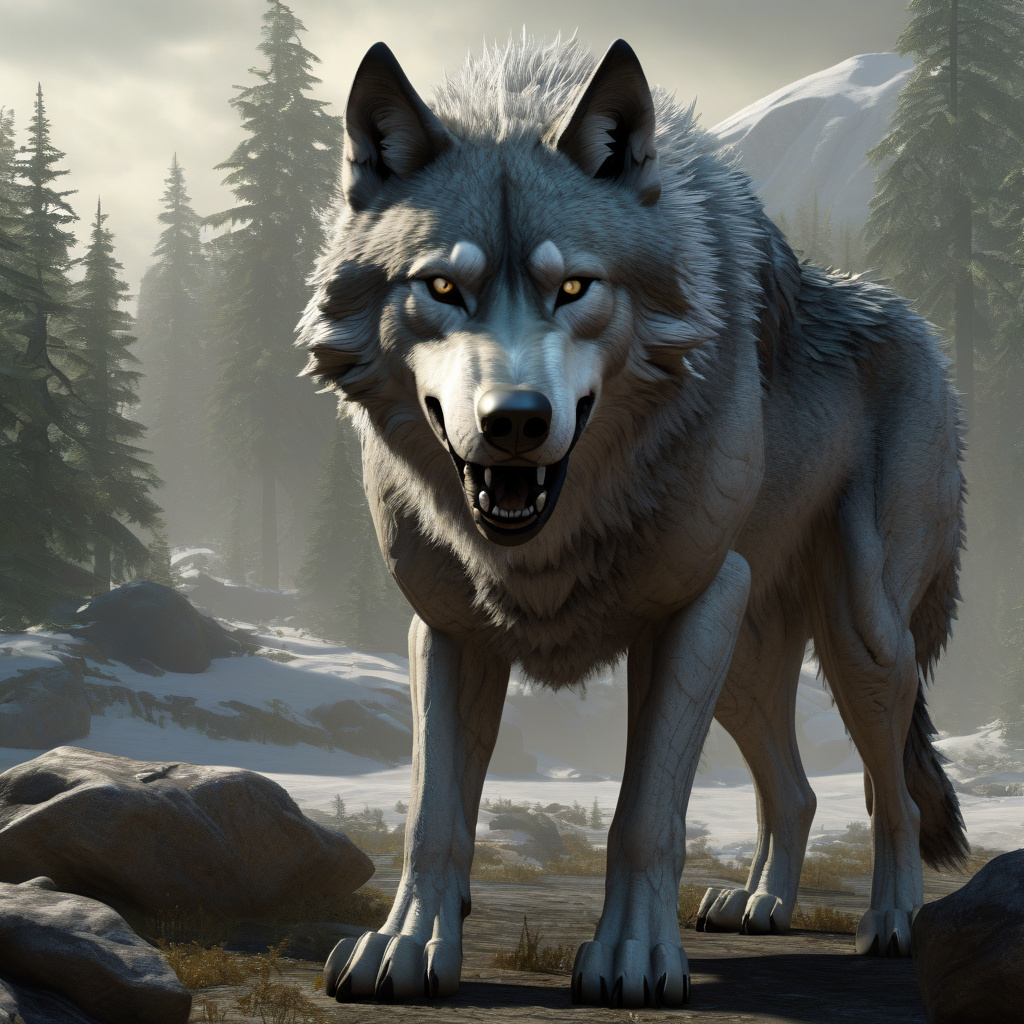In the fast-paced world of biotechnology, groundbreaking developments can often spark intense debates. The recent announcement by Colossal Biosciences, a cutting-edge “de-extinction” startup, has certainly stirred the pot. The resurrection of the legendary dire wolf, a species extinct for over 12,000 years, has captured the imagination of many. This iconic creature, immortalized by the popular HBO series Game of Thrones, now roams a 2,000-acre preserve shrouded in secrecy.
The creation of a living dire wolf raises profound ethical, scientific, and financial questions. While the scientific community applauds the technological prowess required for such a feat, concerns about the ethics of reviving extinct species loom large. Beyond the ethical considerations, the financial implications of this endeavor are equally significant. With Colossal Biosciences’ valuation soaring beyond $10 billion, stakeholders are scrutinizing whether this spectacular achievement justifies the lofty price tag.
The allure of resurrecting extinct species is undeniable. It opens up possibilities for genetic conservation, ecological restoration, and scientific advancement. The dire wolf, once a mere fossil in museums and a fictional creature on screens, now stands as a living testament to humanity’s evolving relationship with nature. This milestone showcases the power of biotechnology to reshape our understanding of biodiversity and conservation.
However, the creation of the dire wolf also raises valid concerns. Critics argue that resources poured into de-extinction projects could be better utilized for preserving endangered species and restoring existing ecosystems. Moreover, ethical dilemmas surrounding the welfare and rights of resurrected animals demand careful reflection. As we venture into uncharted territory, navigating the moral complexities of playing “genetic deities” requires deliberate consideration.
From a financial perspective, Colossal Biosciences’ massive valuation reflects investor confidence in the potential of de-extinction technologies. The allure of resurrecting charismatic megafauna like the dire wolf not only captivates imaginations but also attracts substantial capital. However, the sustainability of such valuations hinges on the long-term viability and societal acceptance of de-extinction as a legitimate conservation tool.
The dire wolf’s resurrection serves as a litmus test for the bioethical and financial landscapes of the future. It challenges us to confront the consequences of playing with nature’s blueprint and prompts discussions on the boundaries of scientific intervention. As we witness the dawn of a new era where extinct species walk among us once more, we must tread carefully, balancing innovation with responsibility.
In conclusion, Colossal Biosciences’ dire wolf creation embodies the intersection of ambition, technology, ethics, and finance. While the awe-inspiring revival of an ancient species marks a significant scientific achievement, it also beckons us to ponder the broader implications of our actions. As the world watches with bated breath, the legacy of the dire wolf will not only be written in genetic code but in the ethical and financial decisions we make today.

